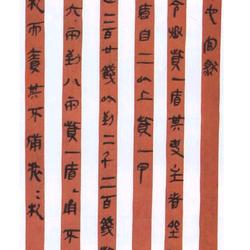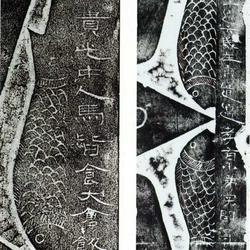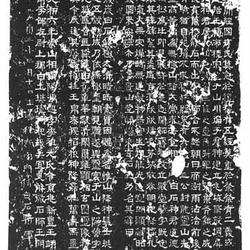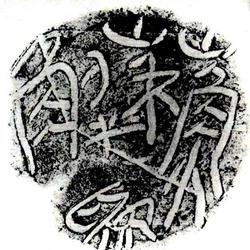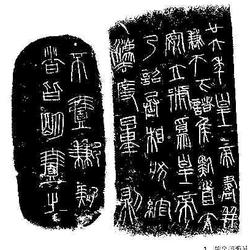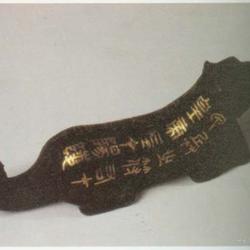Official documents, decrees, edicts, etc. issued by the Qin Dynasty government were all written in Xiaozhuan. However, the structure is complex, and the strokes are many arcs, making it difficult to sketch. Folks often use a more cursive font that can be used in seal scripts. The strokes are changed from circles to square folds, and the multiple arcs of seal scripts are changed to multi-straight shapes. This is the reason for the rise of official script. Wei Huan of the Jin Dynasty's "Si Ti Shu Shi" said: "Since Qin used seal script, there were many affairs in Qin, and it was difficult to write seal characters, so it was ordered to serve as subordinates (referring to sinners. People who are engaged in labor and lower-ranking envoys and servants). The book is called Lizi.
Zhang Huaiguan of the Tang Dynasty said in "Shujuan": "According to the official script, it was written by Cheng Miao, a native of Qin Dynasty." Cheng Yuan was a minor official in the county and was imprisoned for a crime. He compiled 3,000 words of official script and submitted it to Qin Shihuang, who thought it was very good. He was pardoned and made a censor.
Yes: According to legend, there was a disciple named Cheng Miao in the Qin Dynasty who was imprisoned in prison because he offended Qin Shihuang. Cheng Miao saw that it was very troublesome to write the prison officer's Mo brand in seal script at that time, so he made reforms, simplifying the complex and simplifying the circle, and created a new font. Qin Shihuang admired it very much. Not only did he pardon his crime, he also made him a censor and stipulated that this font should be used in official prisons. Because Cheng Miao was a disciple, and it was originally used exclusively by officials, this style of calligraphy was called official script. This story may have a lot of attachments. In fact, just like the emergence of calligraphy, official script was created by many people over time. Cheng Miao probably did the work of sorting it out.
In calligraphy, Qin Li is called "Ancient Li" and Han Li is called "Jin Li". In December 1975, more than a thousand bamboo slips were unearthed from the Qin Tomb in Suihudi, Yunmeng, Hubei Province, with Qin Li written in ink on them. Judging from the materials excavated by archaeologists, the characters on some wooden tablets and bamboo slips during the Warring States and Qin Dynasties have been simplified in seal script, with fewer strokes, the characters have become square and flat, and the pen has a tendency to wave. This is the germ of official script. During the Western Han Dynasty, the element of official style in calligraphy further increased. The Western Han Dynasty silk painting "Laozi Jiaben" unearthed in Mawangdui, Changsha has obvious official meaning.
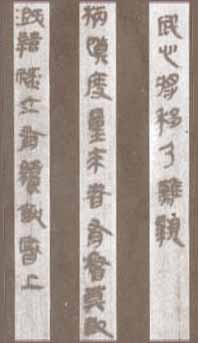
The "Yunmeng Sleeping Tiger Land Qin Slips" unearthed in Hubei in December 1975 shocked the archaeological and calligraphy circles. Its excavation opened the eyes of modern calligraphers and provided real Qin Li information for the study of the history of calligraphy. Qin Li has its own special characteristics of the times in its structure, including the characteristics of later official scripts and seal scripts. The ancients said: "The seal script is also the most effective and efficient one." This is very reasonable. In the sense of "fast", the Qin bamboo slips are written in brush and ink. Only the use of the brush and the fast writing of seal script can truly push Chinese calligraphy towards the direction of official script.

